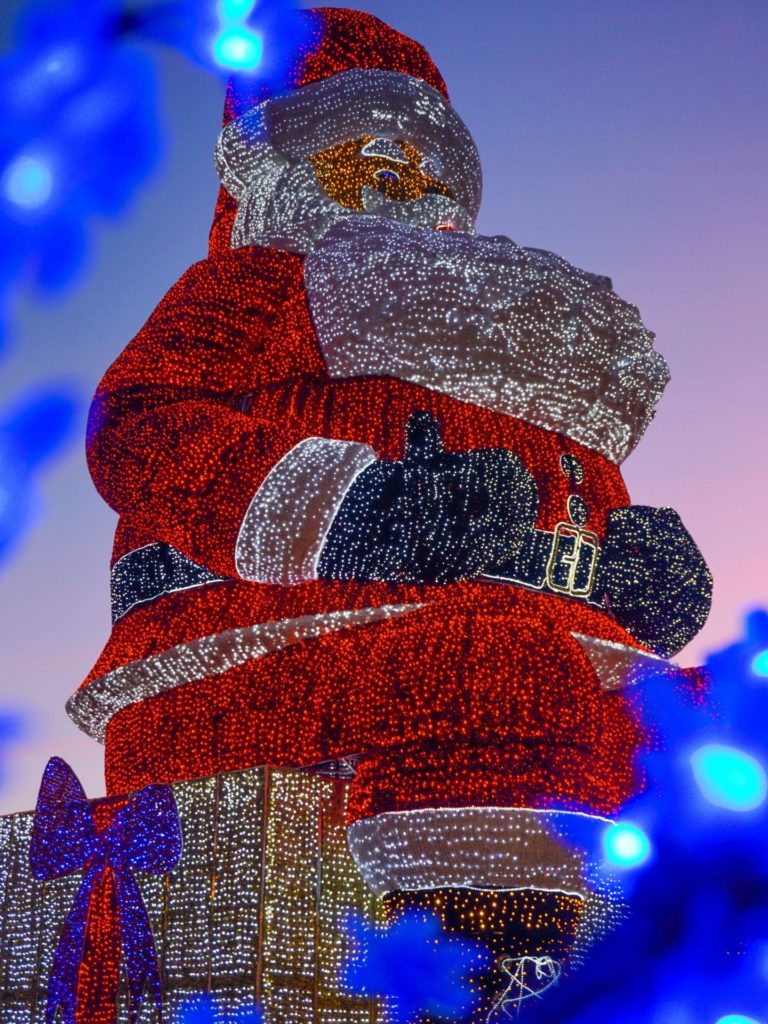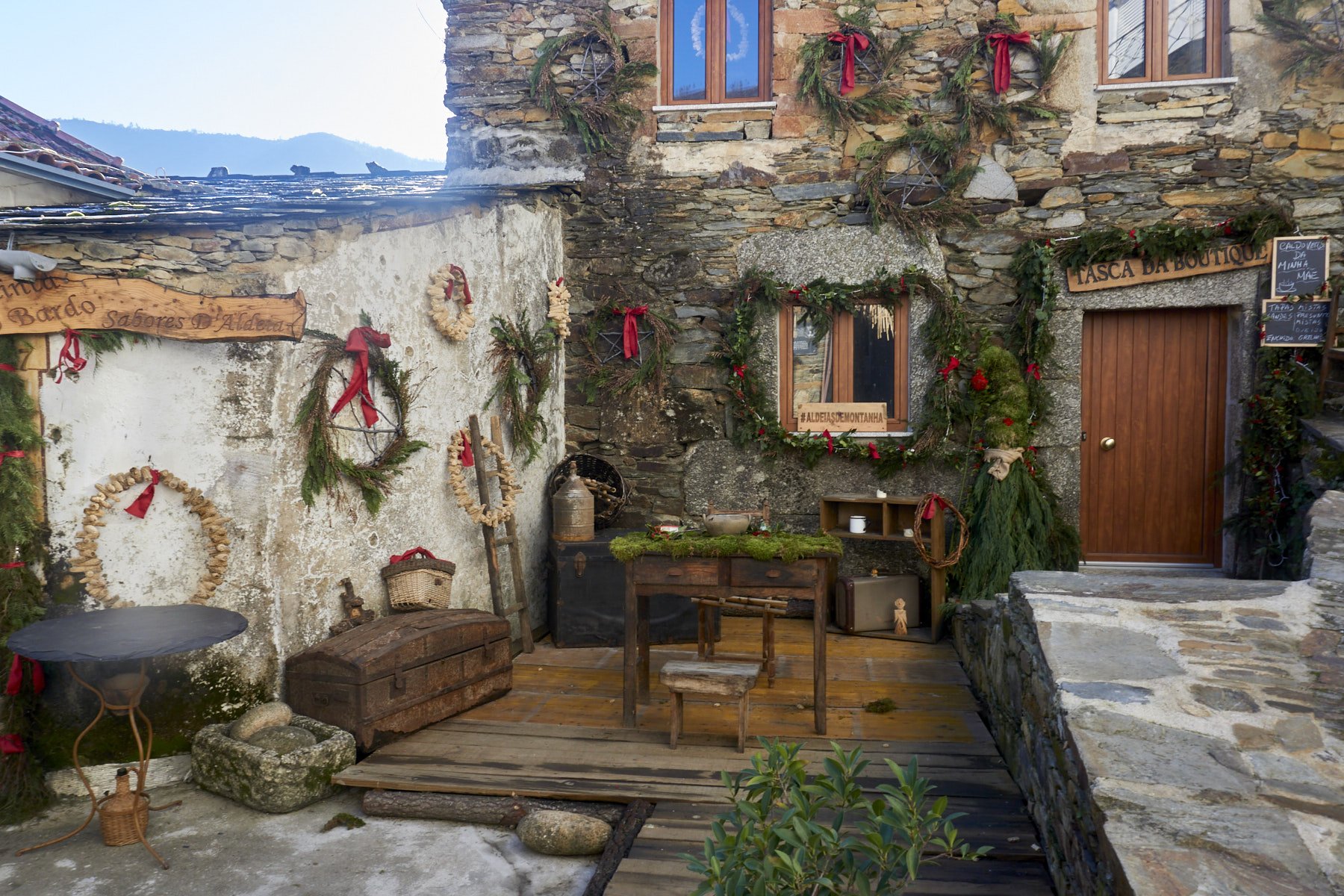
Cabeça Christmas Village is the name given to a mountain village in the heart of the Serra da Estrela and is a must for those who like to enjoy Christmas in a different way.
After hearing about the Christmas concept of this wonderful village in Seia, we decided to visit it in 2023 for its 11th edition, which took place between December 8th and January 1st.
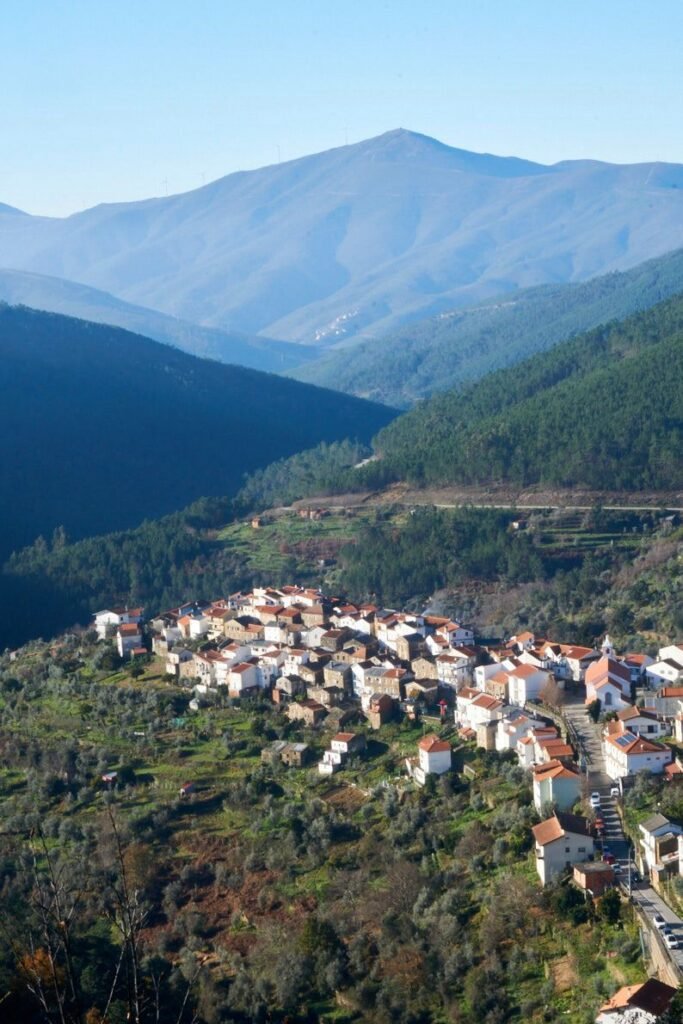
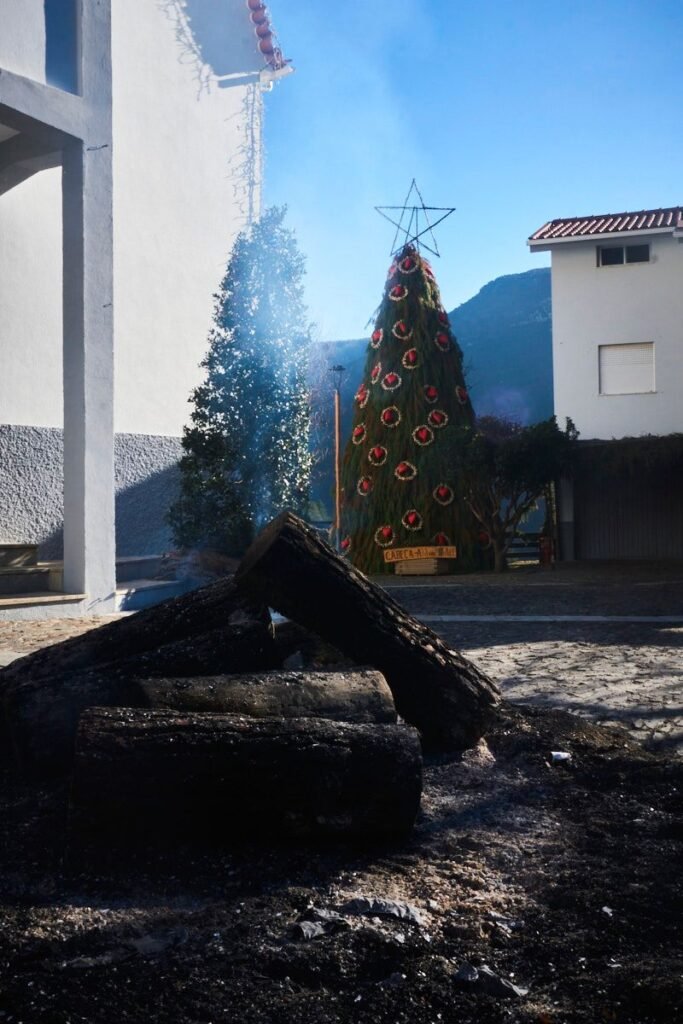
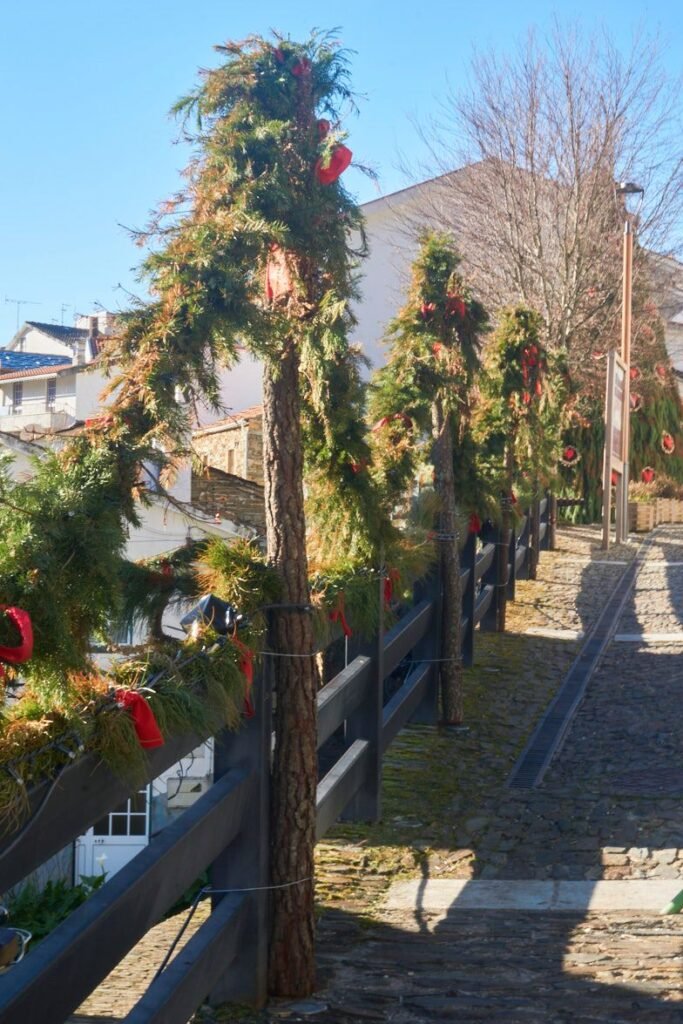
Cabeça: Beyond Christmas Village
However, Cabeça is more than the Christmas season. As well as being part of the Mountain Villages, Cabeça is known for its terraced hillside, the result of decades of work by its inhabitants.
It is from here, and with the terraces as a base, that two small routes emerge. PR 2 - Rota da Ribeira de Loriga is 16.8 km long and connects Loriga to Vide, passing through Cabeça. PR 3 - Rota dos Solcalcos, on the other hand, is more accessible, with a circular route of 2.83 km starting in the village of Cabeça, and seeks to showcase the region's terraced landscape.
Cabeça was also the first LED village in the country, that is, the first village in the country where all the street lighting was replaced with LED lighting, thus reducing energy consumption.
Cabeça Christmas Village
For almost the entire month of December, you can get to know the village in a different way, through the incredible project carried out by the village's (small) population: an ecological Christmas. All the decorations in the streets are made by the villagers from materials that come from forest clearings and thinning, as well as from the village's own activities.
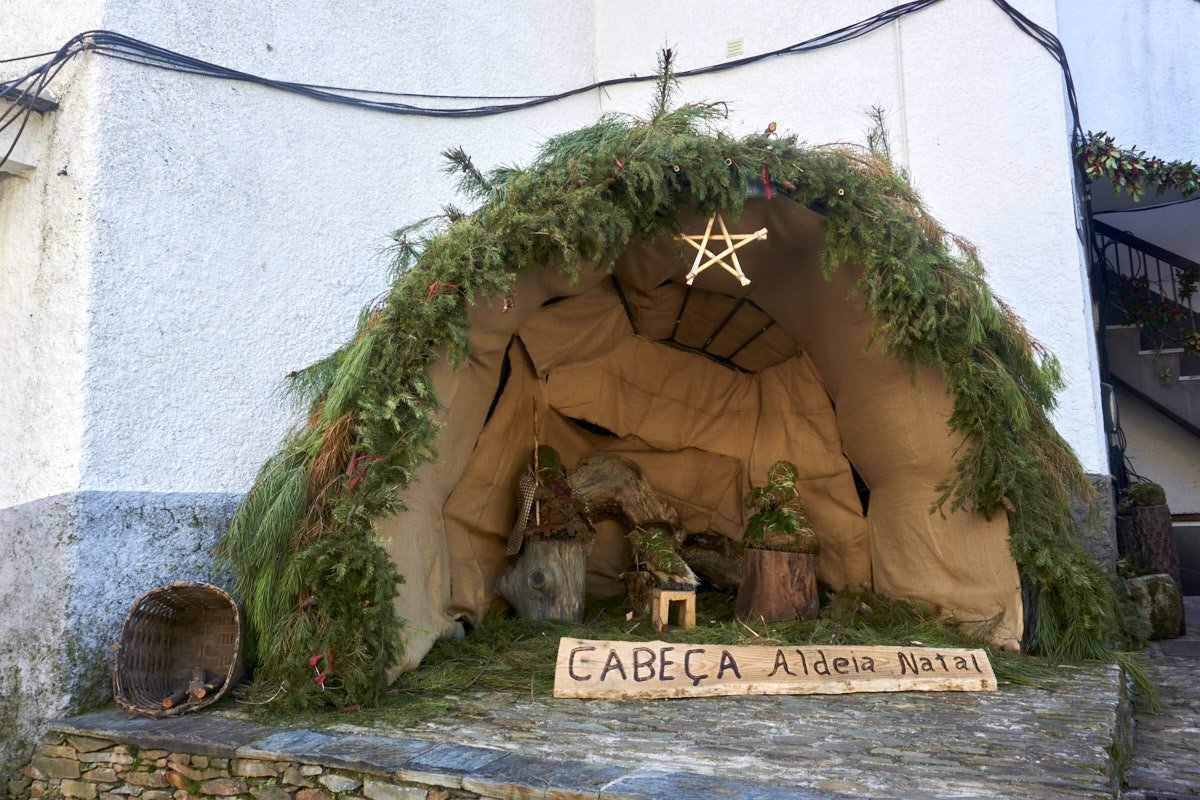
Apart from the lights that usually surround the various decorations, everything else is made from nature, even the nativity scenes! Some of the materials used are, for example, pine trees, corn stalks and broom.
Although there is a lot of decoration, the truth is that there are only around 170 residents in the village. Of the locals we spoke to who passed through the streets, the people were (as is normal in these villages) extremely friendly.
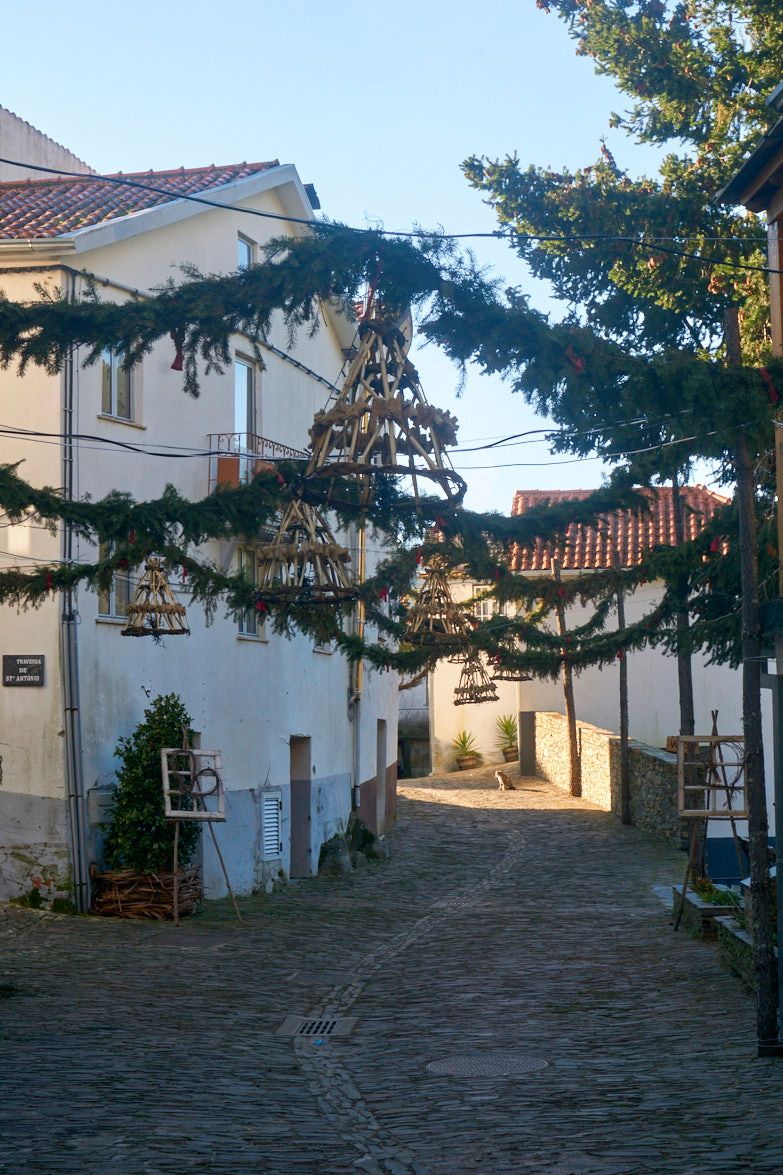
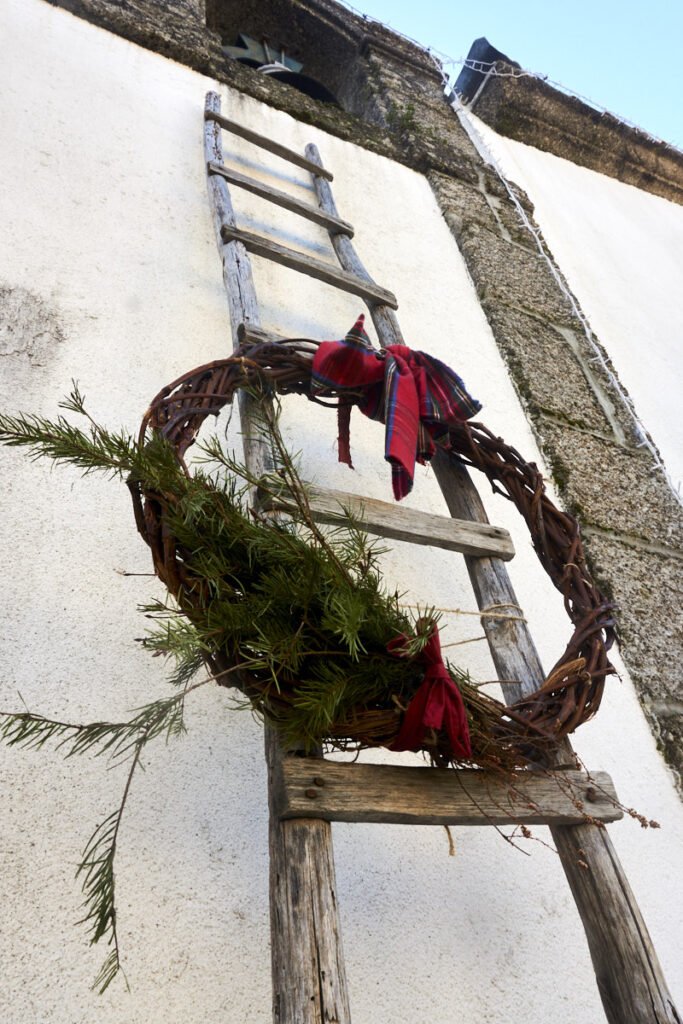
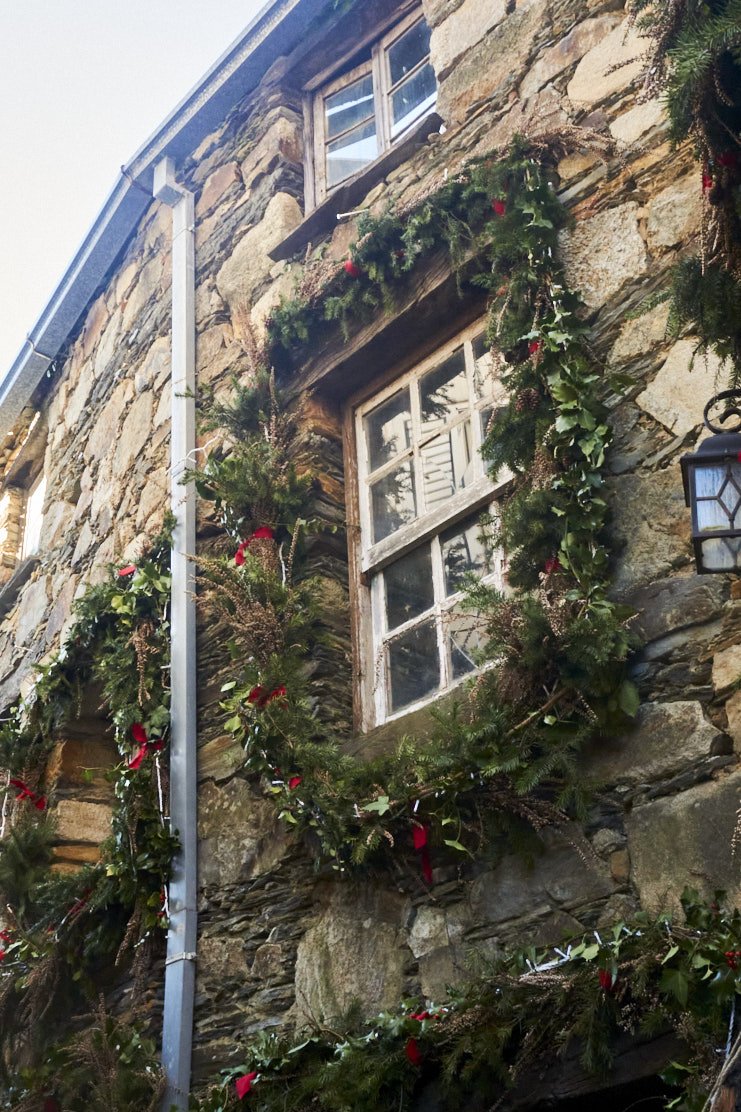
The idea for “Cabeça Christmas Village” arose from an application for a project by the Seia City Council
As soon as you enter the village, you immediately feel the Christmas spirit: decorations surround the main road and lead to a large tree. From here, we arrive in front of the New Church of Cabeça where there is a bonfire, always in brazido, which forms a kind of traffic circle, creating a cozy setting.
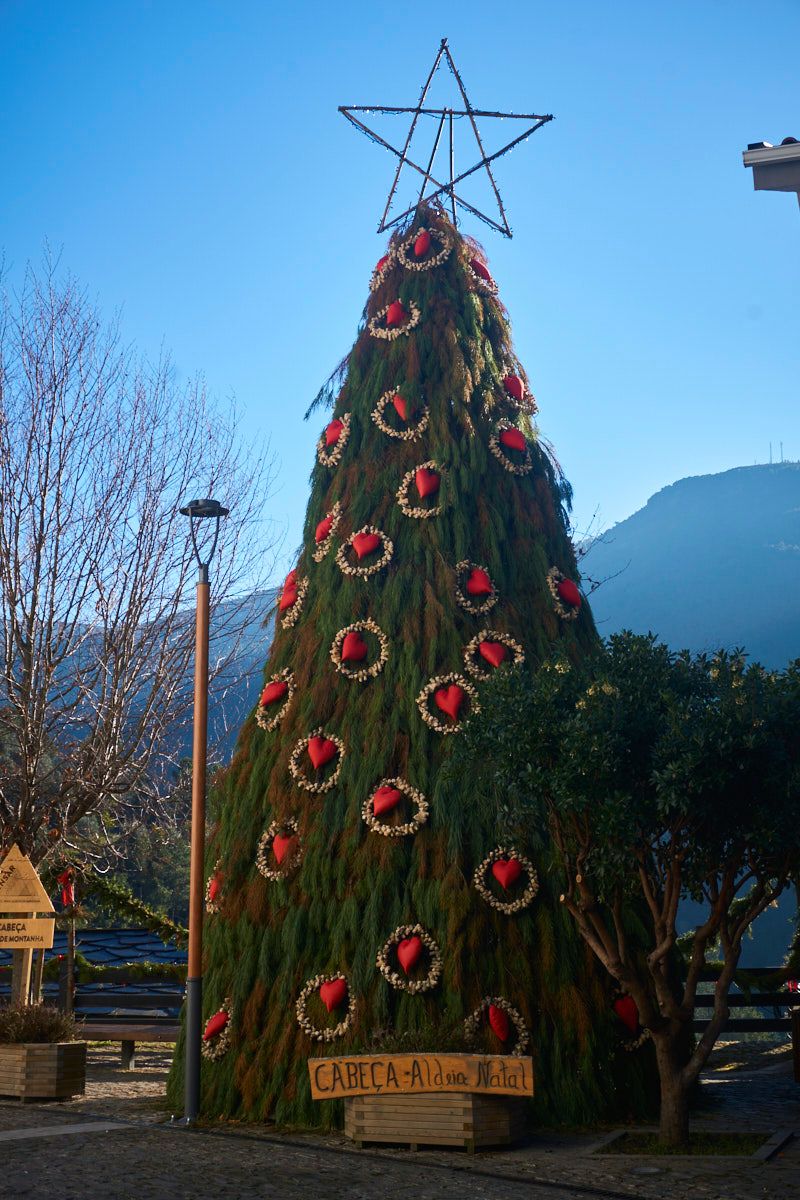
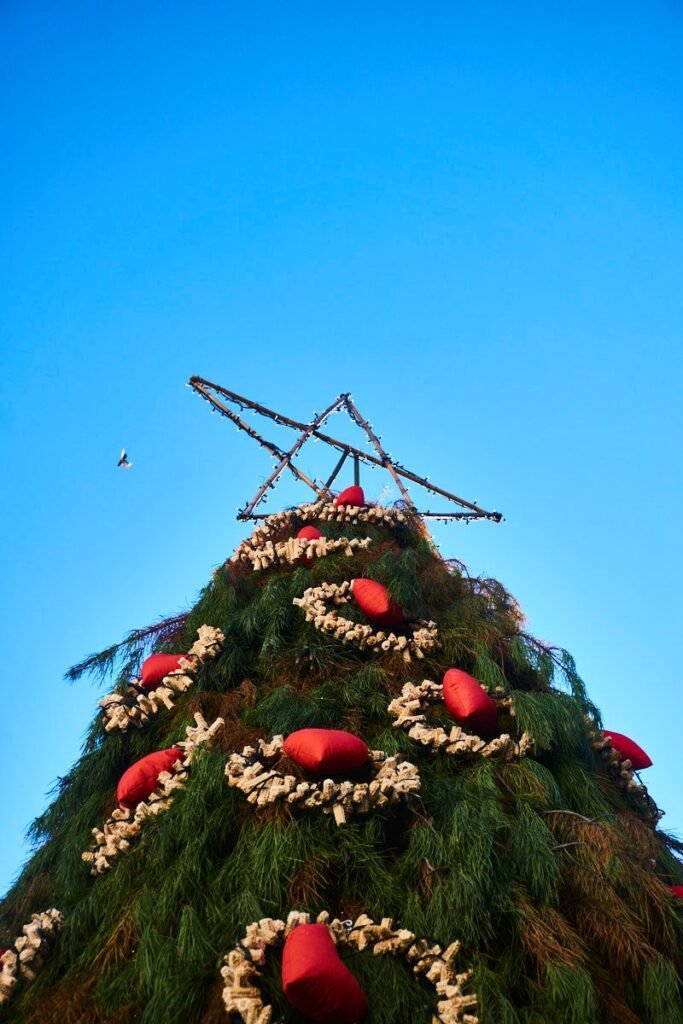
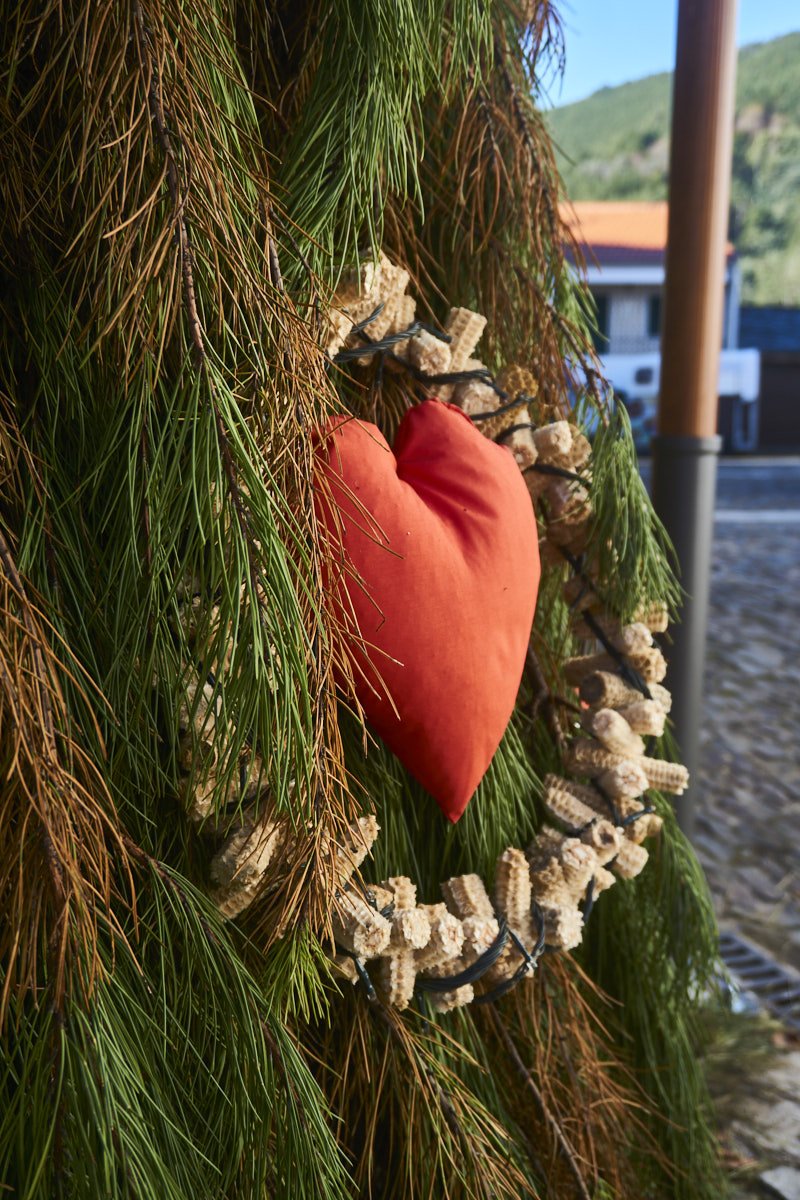
There are also a few businesses throughout the village. In our experience, the vast majority of stores only open after 11am (with the exception of the cafe). Here you'll find some craft shops, cafes and small taverns where you can have lunch and dinner.
The food is simple, like “caldo verde”, “bifanas” and “francesinhas”, but made with a lot of love by the friendly locals. Depending on the time and day, you may also find people doing other activities, such as selling regional cheeses or making baskets.
At the far end of the village, in an atrium, there is also a handmade carousel for the little ones.
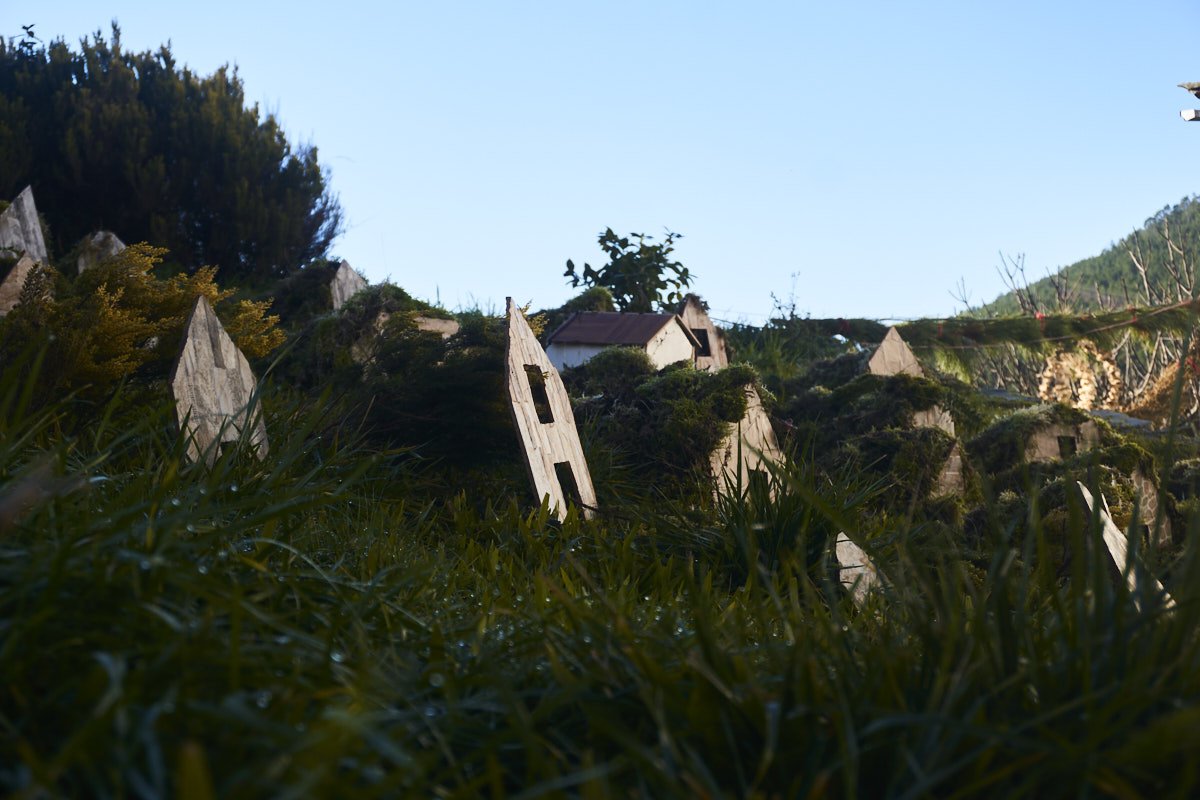
In our case, we started our visit to the village at around 10am and found the streets practically empty, only starting to fill up about an hour later, so it's a time we recommend if you want to avoid the crowds, have easier parking and take photos with fewer people.
At the end of the day, around 5:30 p.m., this village takes on a new life when the lights are turned on. Unfortunately, we didn't get the chance to see this scene.
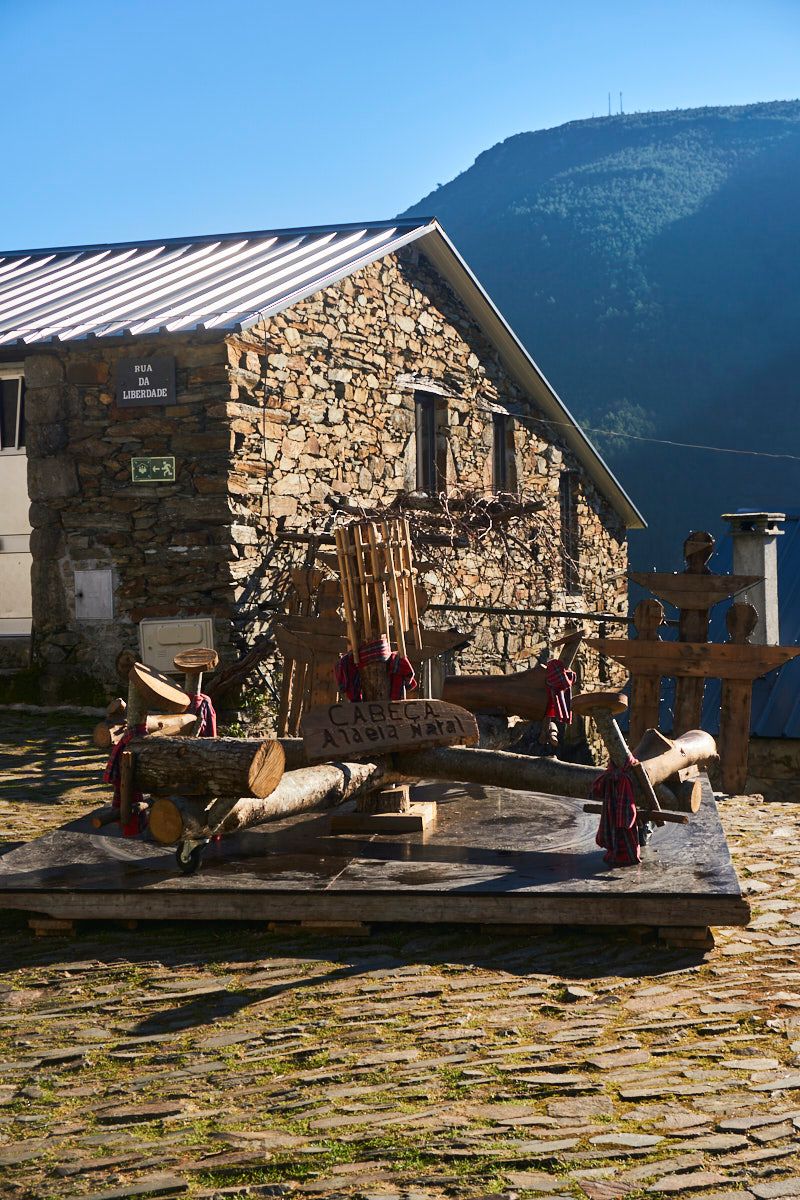
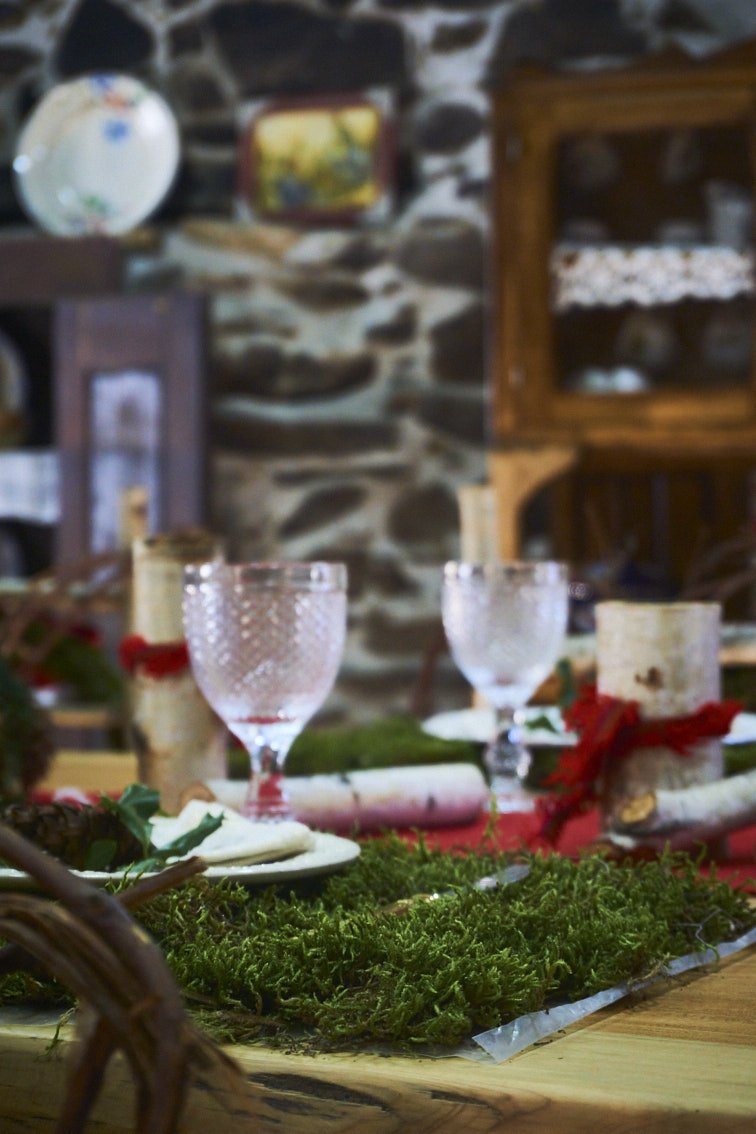
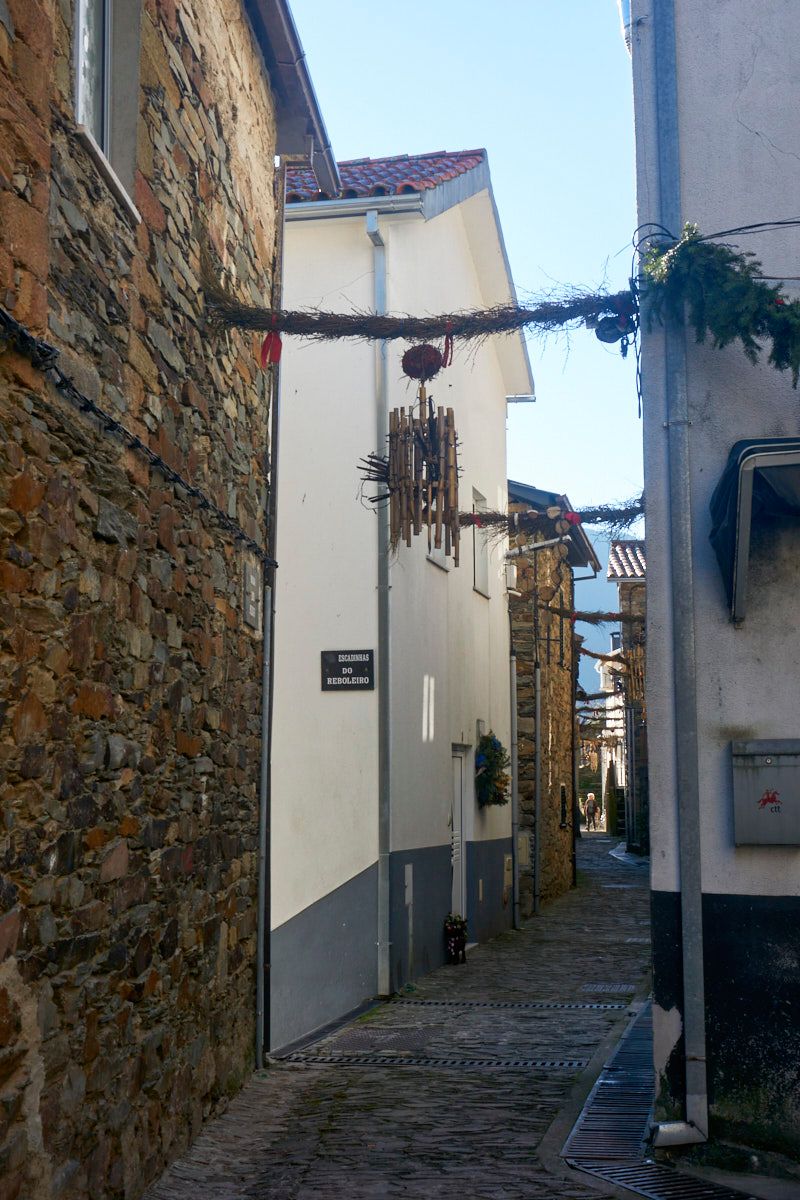
We always recommend that, before going to the village, you check the latest edition on the project's website (here) since, although the concept remains the same, it is natural that the dates and program change every year.
how to get there and where to park
Being a mountain village, and further away from the big cities in the district, there isn't much access to this village other than by car, so you'll either have to take your car or try to hire a cab to take you to and from the village. In our case, we went in a private car.
Regarding the road and parking, we come from the Loriga side so we have no idea what it's like for those coming from the Casal do Rei side.
So, for those of you coming from the same direction as us, be aware that the access road to the village is not very easy. Although the road is two-way, it's not very wide and has a steep gradient, so you have to take it very carefully.
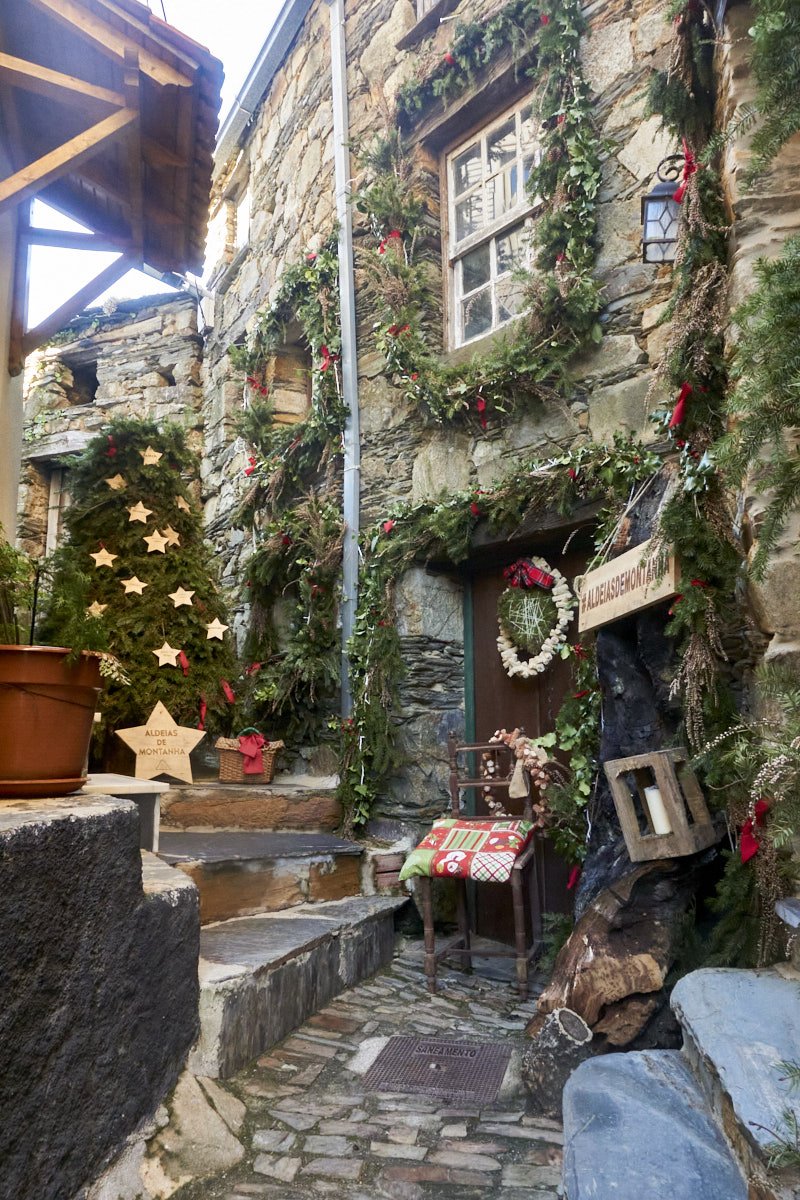
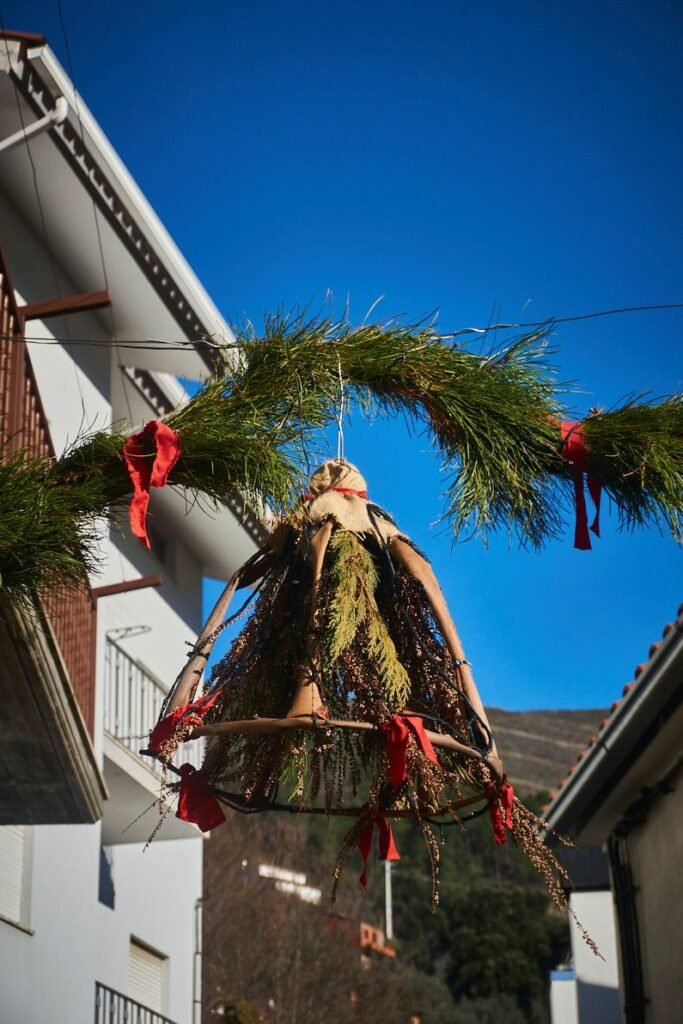
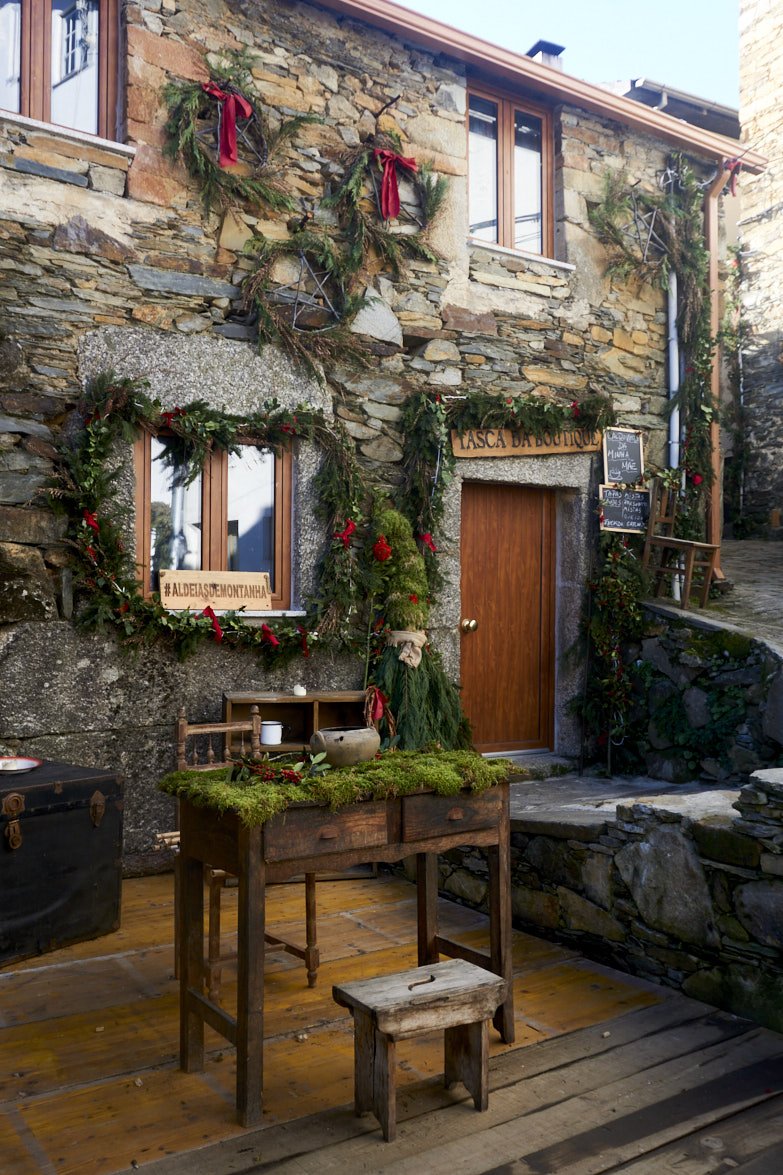
As you can imagine, this type of village never has many options when it comes to parking. In fact, as soon as you pass the traffic circle at the entrance to the village (about 2km away), you see a sign warning that parking in the village is forbidden at weekends and on public holidays between 2pm and 10pm.
As we visited on a weekday and in the morning, this wasn't a problem and we parked directly in the village (next to the elderly home). However, when we left closer to lunchtime, there were fewer parking spaces and we had to leave the car further away.
For those visiting the village during restricted hours, there is also an optional parking lot. When we arrived in the village from Loriga, we found a sign reminding us that parking in the village is prohibited on specific days and at specific times, and a sign indicating the existence of a parking lot 200 meters away. However, we couldn't identify where the parking lot was. Perhaps because the access to the village was open, they had removed a barrier indicating the place from which it was compulsory to turn left into the park, but we're not sure of its location or the walking distance to the village.
Cabeça is a tiny village that can be seen in 2 hours, so we recommend organizing your trip in conjunction with other places in the region, such as a visit to Torre or Lagoa Comprida - Serra da Estrela is full of little treasures hidden on its various slopes.
more to see
